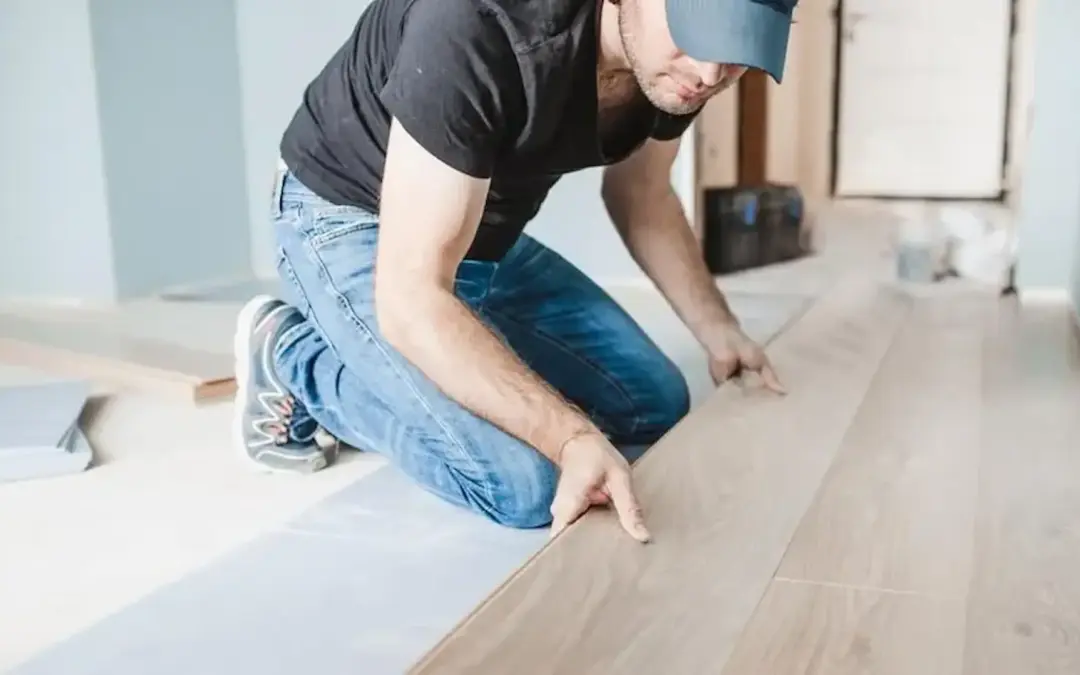Introduction
When it comes to home improvement, one of the most impactful changes you can make is upgrading your flooring. Among the various options available, wood floors stand out for their timeless beauty and durability. In this comprehensive guide, we will explore the world of home improvement with wood floors as our focal point. From selecting the right type of wood to maintenance tips, we’ve got you covered.
Choosing the Perfect Wood
1. Consider Your Style
The first step in any wood floor project is selecting the right type of wood. Different wood species offer unique characteristics and aesthetics. Oak, maple, cherry, and walnut are popular choices, each with its distinct grain patterns and colors.
2. Budget-Friendly Options
If you’re on a budget, don’t worry! You can still achieve a beautiful wood floor look by opting for engineered wood or laminate flooring, which mimics the appearance of solid wood without breaking the bank.
Preparing Your Space
3. Measure and Plan
Accurate measurements are crucial. Measure your room’s dimensions and account for any irregularities or obstructions. Proper planning prevents waste and ensures a seamless installation.
4. Subfloor Inspection
Inspect your subfloor for any damage or unevenness. Addressing these issues beforehand will result in a smoother installation process.
Installation Methods
5. Nail-Down Installation
This traditional method involves securing hardwood planks to the subfloor using nails. It provides stability and durability.
6. Floating Installation
Floating floors are not attached to the subfloor, making them ideal for DIY enthusiasts. They “float” above an underlayment and are connected via tongue-and-groove mechanisms.
Maintaining Your Wood Floors
7. Regular Cleaning
Maintain the elegance of your wood floors by sweeping or vacuuming regularly. Use a damp mop and a wood floor cleaner specifically designed for your floor type.
8. Preventive Measures
Place rugs and mats in high-traffic areas to prevent scratches and wear. Felt pads under furniture legs can also protect your wood floors.
The Timeless Beauty of Wood
9. Age Gracefully
One of the remarkable features of wood floors is how they age gracefully. Over time, they develop a unique patina that adds character to your home.
10. Refinishing
If your wood floors start to show signs of wear, you can refinish them to restore their original shine and luster.
Environmental Considerations
11. Sustainability
Opt for sustainably sourced wood to reduce your environmental footprint. Look for certifications like FSC (Forest Stewardship Council) to ensure responsible harvesting.
12. Energy Efficiency
Wood floors can help regulate indoor temperatures, reducing the need for heating or cooling, thus saving energy.
Enhancing Your Home Value
13. Increase Property Value
Investing in wood floors can significantly increase the value of your home, making it a wise financial decision.
14. Aesthetic Appeal
Wood floors add a touch of elegance and warmth to any space, making your home more inviting and appealing to potential buyers.
Conclusion
In conclusion, embarking on a home improvement project with wood floors is a rewarding endeavor. From selecting the perfect wood type to installation and maintenance, the process can be both fulfilling and transformative for your living space. Elevate the aesthetics and value of your home with the timeless beauty of wood floors.
FAQs
1. Are wood floors suitable for all areas of the house?
Yes, wood floors can be installed in most areas, but it’s essential to choose the right type of wood and consider factors like moisture levels.
2. How often should I refinish my wood floors?
The frequency of refinishing depends on factors like wear and tear and the type of finish used. Generally, every 3-5 years is a good guideline.
3. Can I install wood floors over existing flooring?
In some cases, yes. However, it’s crucial to ensure that the existing floor is in good condition and suitable for wood floor installation.
4. What is the difference between solid wood and engineered wood flooring?
Solid wood is made entirely of wood, while engineered wood is composed of multiple layers. Engineered wood is often more stable and less susceptible to moisture.
5. Are there eco-friendly options for wood floor finishes?
Yes, eco-friendly wood floor finishes are available, such as water-based and low-VOC (volatile organic compound) finishes, which are better for indoor air quality.

